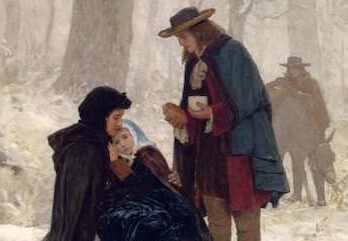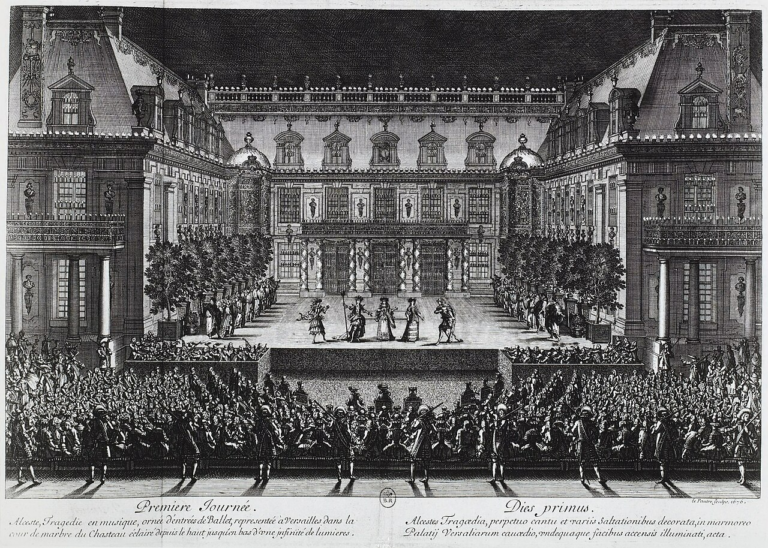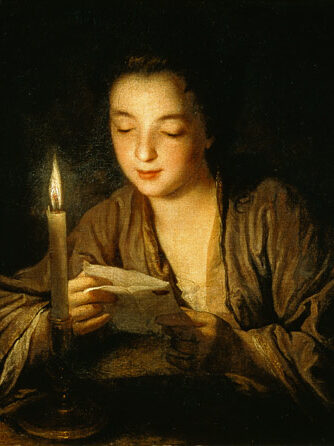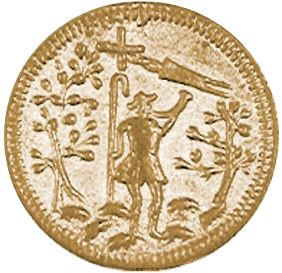P is for Persecution – Can’t stay, can’t go
A contribution to the #AtoZchallenge 2024 Religious tension in France simmers In 1589 the Protestant Henry de Bourbon, King of Navarre, inherited the French throne as Henry IV, and later converted to Catholicism, less by conviction than as an act of political expediency. But in 1598, Henry issued the Edict of Nantes which gave the…










